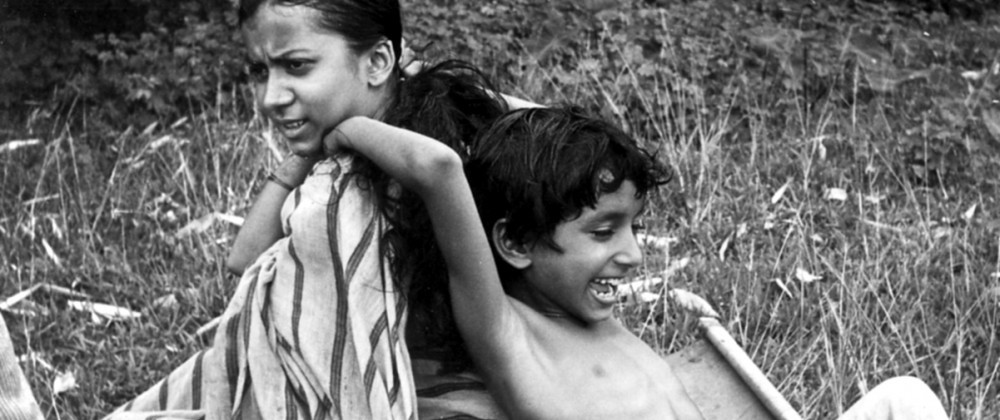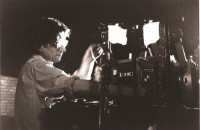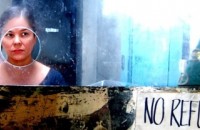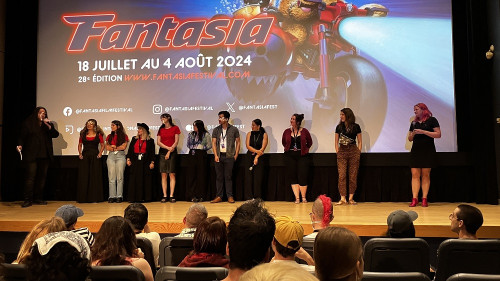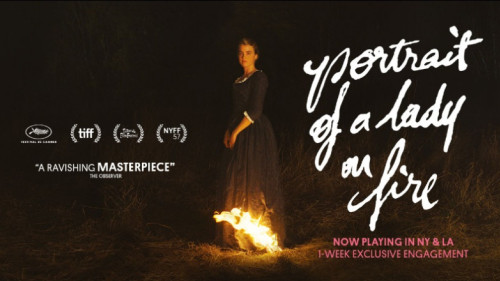Volume 21, Issue 10 / October 2017
Cinema Reinventing Itself: From Conservation to Creation
In this issue
This issue is largely an English translation of an issue published by our French sister journal Hors Champ’s on May-June 2016 which was based on a symposium organized by Hors Champ entitled “créer/montrer/conserver”. The first four of these articles are the original English versions of the French translations. The symposium was a meeting of minds between filmmaker, artist, programmer, archivist, preservationist, scholar, where thoughts around fiction and experimental, film and digital, conservation and technological determinism held court. The ideas that were in the air continue to intrigue and fascinate as we move ahead into the digital future, while being reminded directly and indirectly by archivists, preservationists and experimental filmmakers that the good old days of celluloid still have meaning and value and purpose, and not just for nostalgists. Kelly Egan discusses the differences in how filmmakers, film viewers and video artists “play” with their form. Filmmaker Benjamin R. Taylor gives us a manfiesto of sorts that tries to re-imagine a “utopian” sense of how all images, irregardless of where they come from, can share in our minds a place of meaning. Solomon Nagler examines the nature of film exhibition by expanding the horizon of what a theatre is and how and where people look at moving images. And Peter Rist reminds us of the simple beauty of nitrate art. The fifth and final piece, not carried over from the Hors Champ issue, is Hiranmoy Lahiri’s examination of the Criterion Blu ray restoration of Indian film-maker Satyajit Ray’s The Apu Trilogy (Pather Panchali, Aparajito and Apur Sansar). Lahiri discusses his personal joy in the recent restoration work put out by Criterion DVD/BD company of the works of Satyajit Ray, more specifically his Apu Trilogy. Lahiri notes that now audiences can experience these films, which are so dependent on their visual charm, in a manner more in line with what people saw at their original release. He laments the unfortunate acceptance in India of allowing key expressions of their shared film culture to waste away, unappreciated and to be ultimately, unseen. One wonders if this easy acceptance of the passage of time is more prevalent in India than in other countries, or whether it is at all shaped by India’s more generalized cultural acceptance of the ravages of time on its art and architecture. Whenever one speaks of restoration work done by such labels as Criterion a distinction must be made between digital restoration and film restoration. In the former a film’s image and sound is ‘repaired’ or ‘reconditioned’ through various computer-based software tools. They may begin with a film print and scan it into a digital file, or from a digital copy, but it is not the film print which is being restored. People sometimes confuse when a film is restored on Blu Ray with the film itself being restored. In film restoration a technician or archivist works firstly to fix any imperfections (scratches, cuts, shrinkage, rot, etc.) on the film print itself, before the film can be further treated digitally and/or chemically. When a film print is restored and properly archived it is preserved for future generations. But how is a digital film best preserved in its original format for future generations to enjoy when new formats/file types and resolutions are continually introduced? This is why the question of preservation remains perhaps the most troubling issue yet to be adequately resolved in the digital age. (Donato Totaro, ed.)

